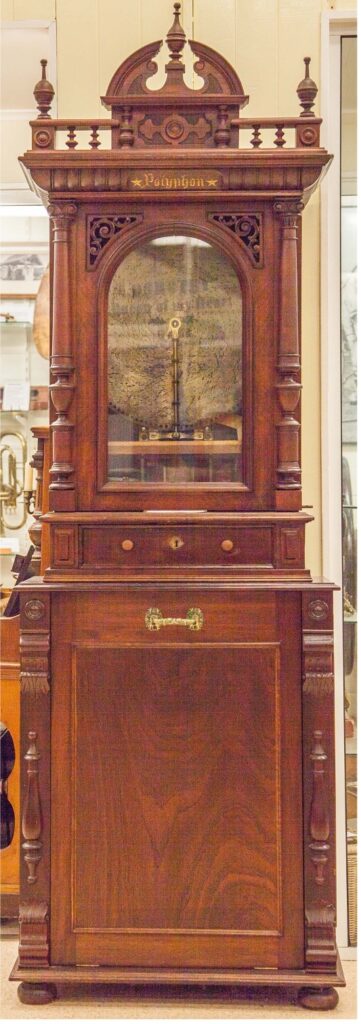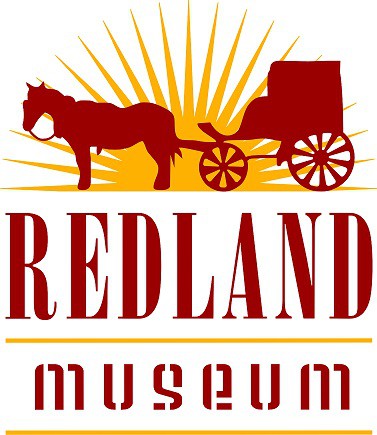
Prior to 1890 music boxes used rotating cylinders with small metal pins to pluck the musical notes. Most were limited to one cylinder with one tune. From about 1850, more elaborate, but much more expensive music boxes would have multiple cylinders, or cylinders with selectable pin arrangements for up to 10 tunes. Even so, the repertoire was very limited. This all changed in the 1890s, when music box manufacturers, notably Polyphon Musikwerke located in Leipzig Germany, began mass producing disc-playing music boxes. The tune was recorded by stamping small tabs into the surface of a large sheetmetal disc. These had the major advantage that the discs were easily changeable, and inexpensive to produce. Owners could buy new discs as new tunes were released. This might be considered the beginning of building personal recorded music collections. Polyphons were exported all over the world, and mail-order music catalogues were supplied for the different national regions.
Disc players were popular until the early 1900s when they too were made obsolete by the mass production of player pianos with paper piano rolls.
The Polyphon in the Redland Museum is from 1890. It was restored by Alf Pepper who began the task with just a few rusty pieces salvaged from the veranda of an old house in outback Queenslander. It came with 22 music discs. It is beautifully restored to full working order and is a popular attraction when played to museum visitors. This machine must have originally been used in an arcade because it is filled with a mechanism to start the music by inserting a penny into a slot in the side of the case. Alf Pepper’s daughter Leah Pepper donated it to Redland Museum in 2007.
Redland Museum acknowledges the Quandamooka People, the Traditional Custodians of the land and waters where we work.
We acknowledge their Elders, past and present, and extend that respect to all Aboriginal and Torres Strait Islander Peoples in our Community.

